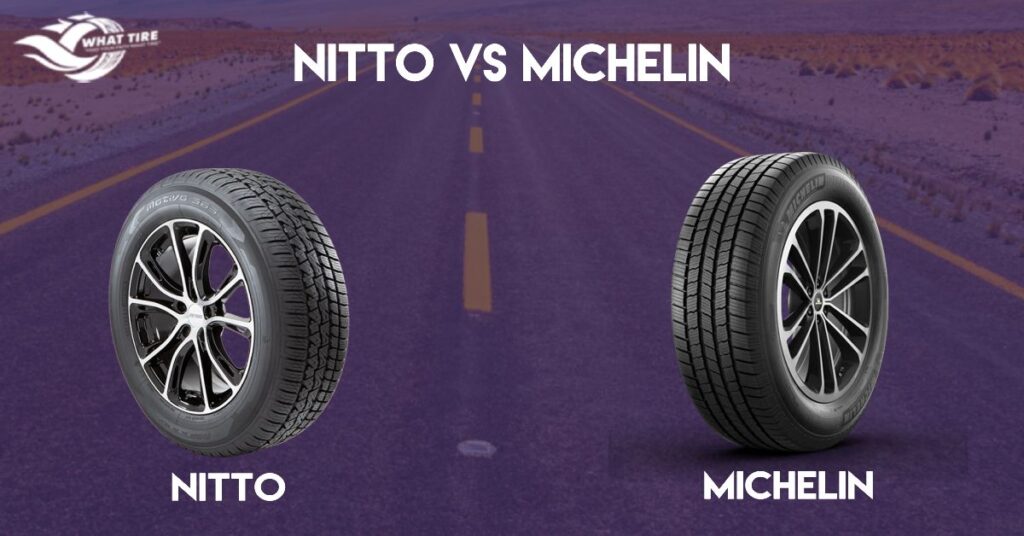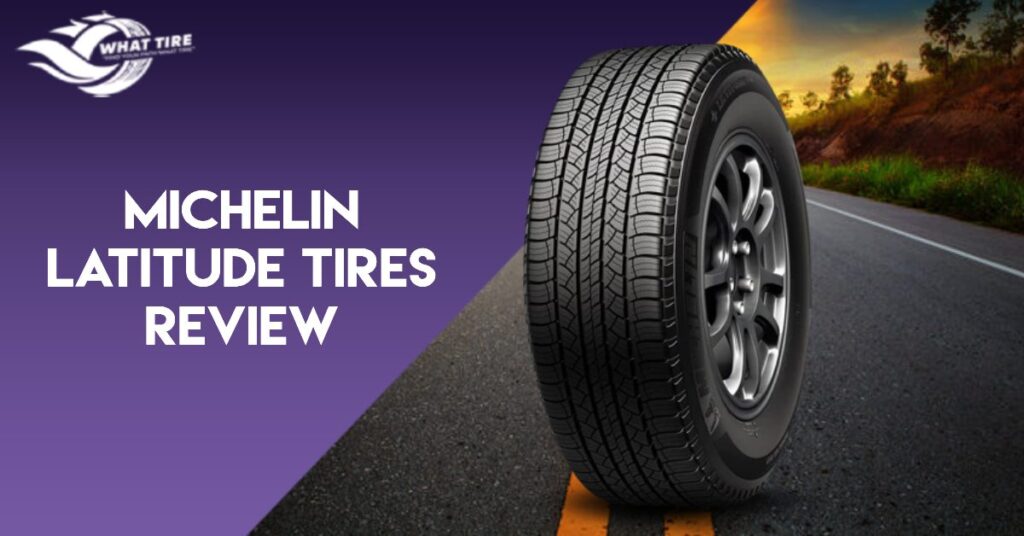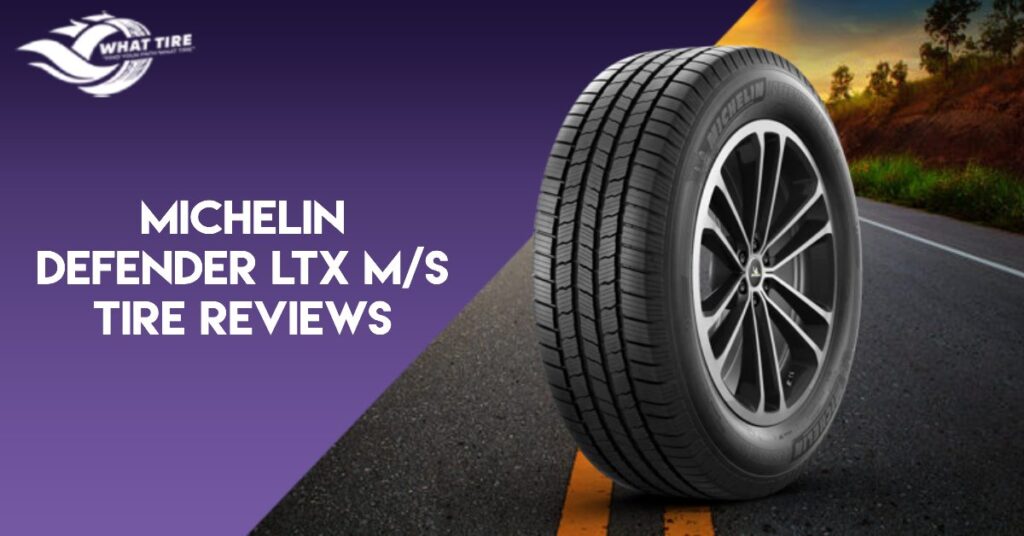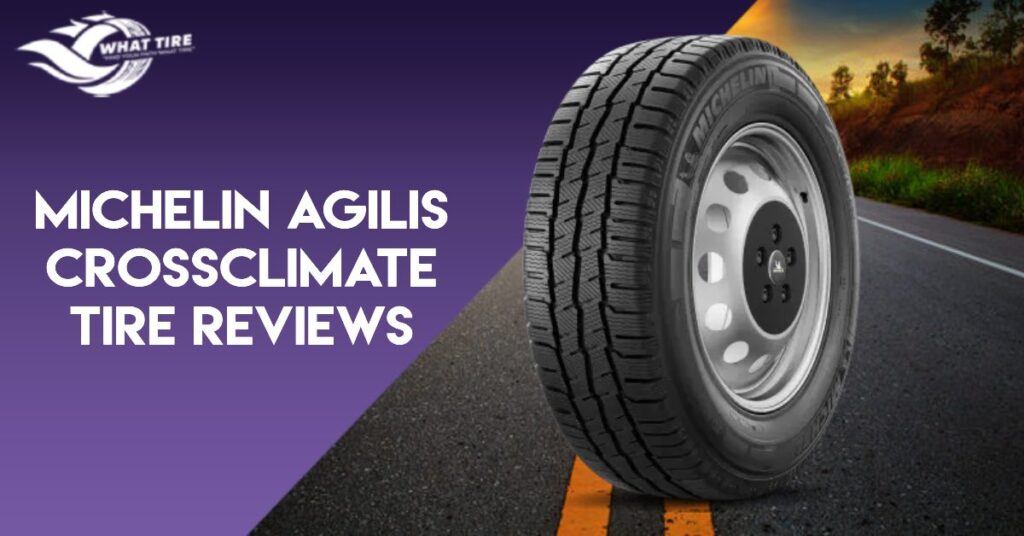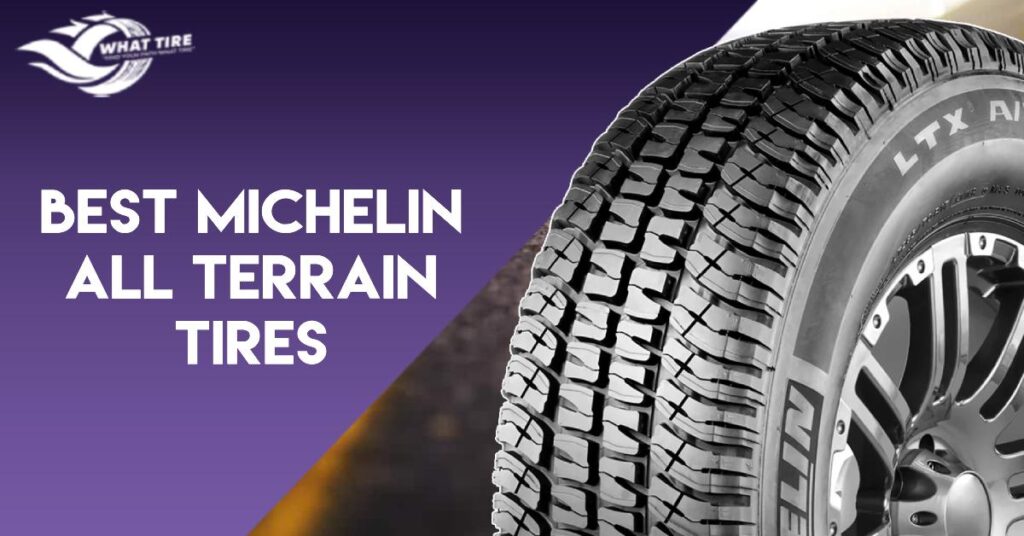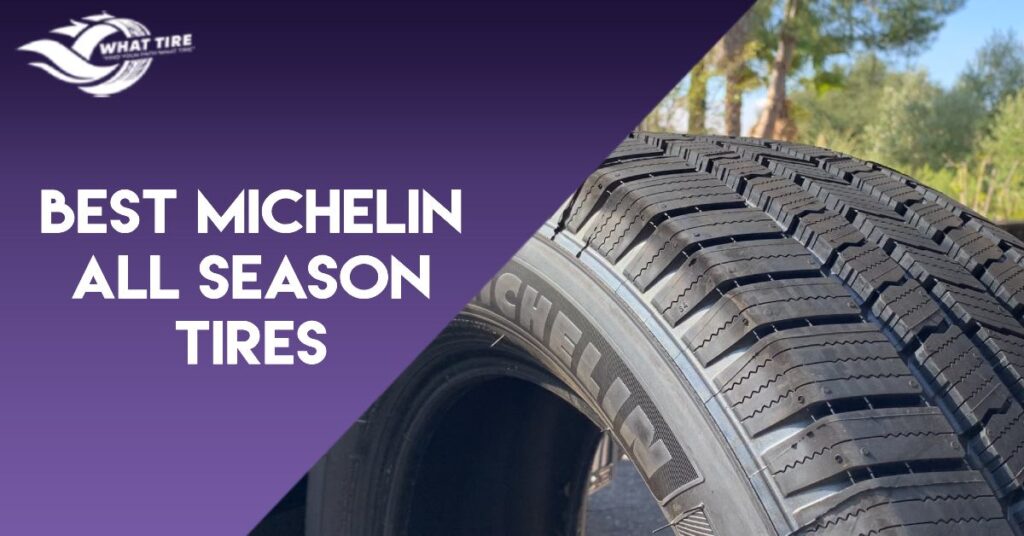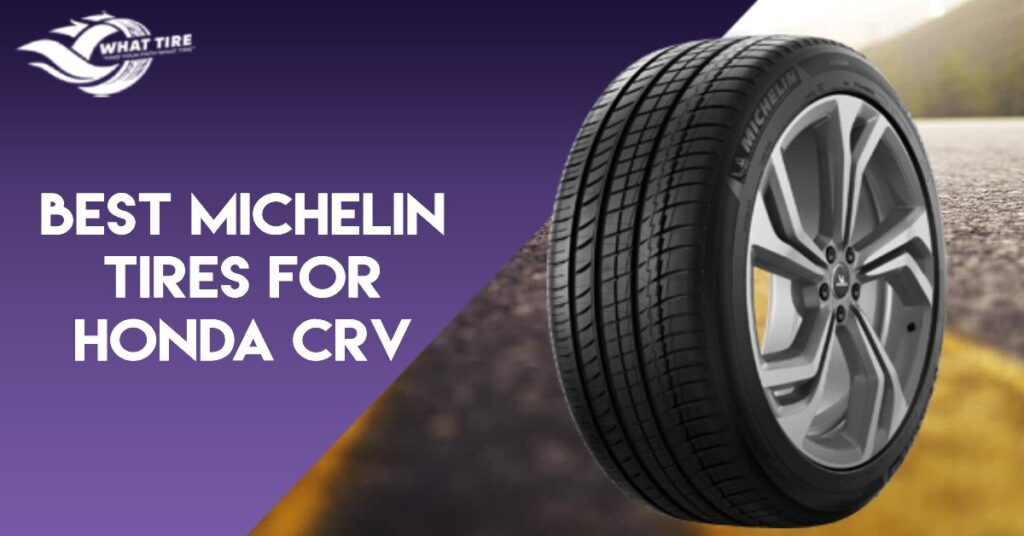Nitto vs Michelin – Which Tire is The Winner
Selecting the right tires can make all the difference in your driving experience. In this post, we’ll take an expert look at Nitto vs Michelin, two industry giants. Nitto shines with its specialized off-road and high-performance designs, while Michelin stands out for its cutting-edge technology and sustainability efforts. We’ll help you determine which brand aligns best with your driving demands and preferences by comparing their unique approaches to innovation, durability, and market presence About Nitto Tires Nitto Tires specializes in advanced tire designs for off-road and performance vehicles. Utilizing 3D computer-aided design (CAD) and specialized tread compounds, Nitto focuses on providing exceptional grip and durability in extreme conditions. Their Grappler series, for instance, features aggressive tread patterns and reinforced sidewalls to handle rugged terrains and heavy loads, making them a top choice for off-road enthusiasts and professionals seeking high-performance solutions. About Michelin Michelin leads the industry with its innovative tire technologies and commitment to sustainability. Pioneers of the radial tire, Michelin uses proprietary silica-based compounds to enhance wet and dry traction. Their tires, such as the Pilot Sport series, are designed for optimal grip, stability, and fuel efficiency. Michelin also emphasizes environmental responsibility, incorporating renewable materials and eco-friendly production methods. Their extensive warranty programs reflect confidence in tire longevity and performance across various driving conditions. 1- Tire Technology and Innovation Both Nitto and Michelin are at the forefront of tire technology, but their innovations cater to different driving needs and preferences. Nitto leverages advanced computer simulation and 3D CAD technology to develop highly specialized tire designs. Their focus is on optimizing tread patterns and rubber compounds for specific conditions, such as off-road and high-performance scenarios. Nitto’s proprietary designs, like the Grappler series, feature high void ratios and reinforced sidewalls, enhancing traction and durability on rugged terrains and extreme conditions. Michelin is renowned for its broad-spectrum innovations, including the invention of the radial tire. They utilize proprietary silica-based compounds to balance wet and dry performance, fuel efficiency, and longevity. Michelin’s Pilot Sport series exemplifies their advanced engineering, offering superior grip and stability. Additionally, Michelin invests heavily in sustainable technologies, incorporating renewable materials and eco-friendly production processes to reduce their environmental impact while maintaining top-tier performance standards. For those seeking high versatility and reliability in diverse conditions, Michelin’s Best Michelin All Terrain Tires stand out as an excellent choice. 2- Tread Compound and Design Both Nitto and Michelin excel in creating innovative tread compounds and designs tailored to specific driving needs. Nitto’s tread compounds are designed for specialized applications, focusing on off-road and high-performance use. Their unique rubber formulations provide superior grip and durability. For example, the Terra Grappler series features aggressive tread patterns with deep grooves and high void ratios, ensuring excellent traction on uneven and loose surfaces. The design prioritizes durability and off-road capability, making it ideal for extreme conditions. Michelin employs advanced silica-based tread compounds that enhance both wet and dry traction. Their tread designs are optimized for a balance of performance characteristics, including stability, wear resistance, and fuel efficiency. The Michelin Pilot Sport series uses an innovative tread pattern that maximizes contact with the road, improving grip and handling. This design approach ensures consistent performance across various driving conditions, from everyday commutes to high-speed driving. 3- Durability and Longevity Durability and longevity are crucial factors where Nitto and Michelin showcase their engineering strengths. Nitto tires are designed with durability in mind, especially for off-road and high-performance applications. Their tires, like the Trail Grappler, feature reinforced sidewalls and a robust carcass construction to withstand harsh terrains and heavy loads. This emphasis on structural integrity ensures that Nitto tires offer extended life even under extreme conditions, making them a reliable choice for off-road enthusiasts. Michelin excels in creating long-lasting tires through advanced rubber compounds and tread patterns optimized for even wear. Their comprehensive warranty programs often cover up to 80,000 miles, reflecting their confidence in tire longevity. The Michelin Defender series, for instance, uses EverTread technology, which maintains performance over a longer period, ensuring consistent traction and safety throughout the tire’s life. Also Read Best Michelin All Season Tires 4- Performance Metrics Nitto and Michelin excel in different aspects of tire performance, catering to diverse driving needs. Nitto focuses on performance metrics that are critical for off-road and high-speed applications. Their tires, such as the Nitto NT05, are engineered for superior traction, stability, and handling under extreme conditions. The aggressive tread designs and high-performance compounds deliver outstanding grip and control, making Nitto a preferred choice for enthusiasts and professionals who demand specialized performance. Michelin prioritizes a balanced approach to performance metrics, excelling in wet and dry traction, fuel efficiency, and noise reduction. The Michelin Pilot Sport 4S, for example, provides exceptional grip, precise handling, and enhanced stability at high speeds. Their tires are tested extensively in diverse conditions to ensure consistent performance across various driving environments. 5- Environmental and Sustainability Initiatives Nitto and Michelin demonstrate differing approaches to environmental responsibility and sustainability in tire manufacturing. While Nitto incorporates some eco-friendly practices in its manufacturing processes, its primary focus remains on performance and durability. While efforts are made to minimize environmental impact, Nitto’s sustainability initiatives are not as prominent as Michelin’s. Michelin’s commitment to reducing rolling resistance not only improves fuel efficiency but also reduces carbon emissions. Additionally, Michelin actively participates in global environmental initiatives, demonstrating a strong dedication to environmental responsibility beyond just tire production. 6- Market Presence Nitto and Michelin each have unique market positions and brand strengths that cater to different consumer segments. Nitto has a strong presence in niche markets, particularly among off-road enthusiasts and performance car communities. Their specialized tire offerings and targeted marketing strategies have built a loyal customer base within these segments, showcasing Nitto’s expertise in meeting the specific needs of enthusiasts. Michelin is globally recognized as a leader in the tire industry, with a broad market presence across various vehicle types and applications. Their extensive product range, coupled with a reputation for innovation and quality, positions Michelin as a preferred choice
Nitto vs Michelin – Which Tire is The Winner Read More »

